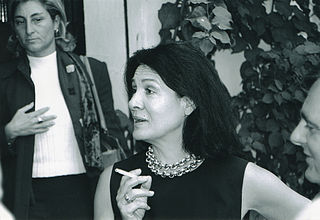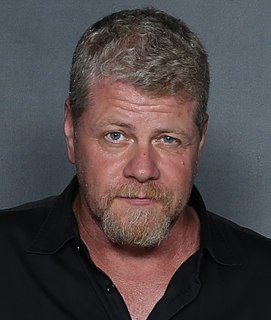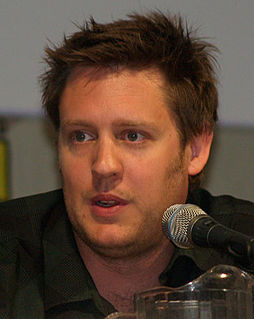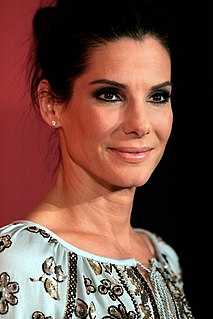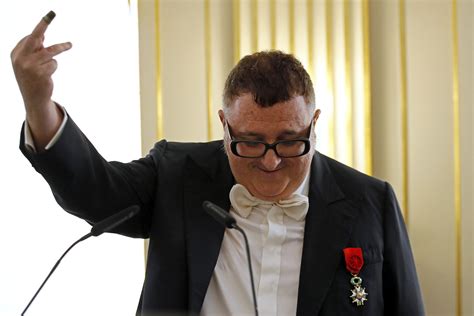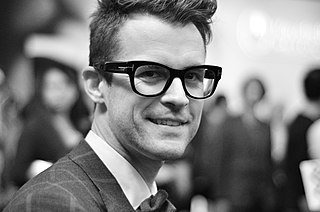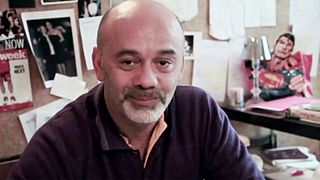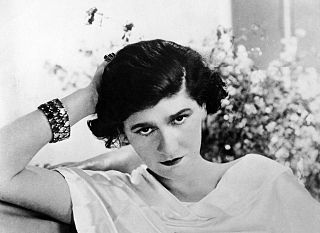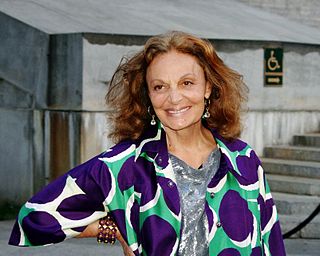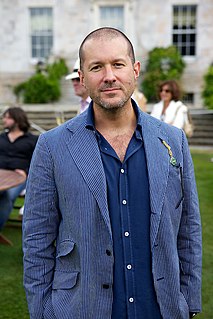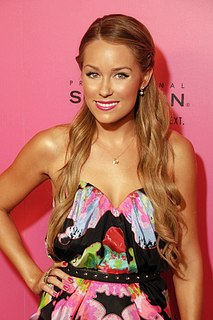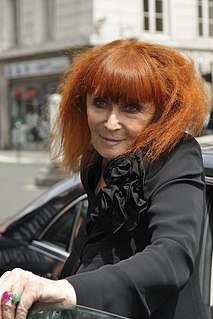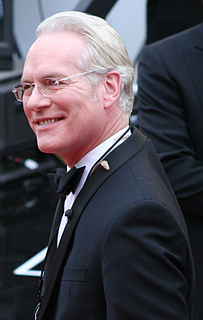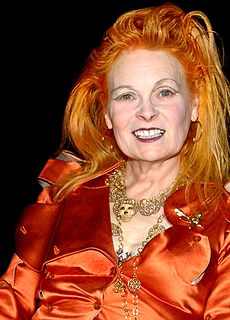A Quote by Paloma Picasso
I've heard my work called 'bold' and 'graffiti-like,' but for me it is always instinctual. I start with a shape or a colour and go from there.
Related Quotes
I wouldn't know what to do with [colour]. Colour to me is too real. It's limiting. It doesn't allow too much of a dream. The more you throw black into a colour, the more dreamy it gets… Black has depth. It's like a little egress; you can go into it, and because it keeps on continuing to be dark, the mind kicks in, and a lot of things that are going on in there become manifest. And you start seeing what you're afraid of. You start seeing what you love, and it becomes like a dream.
Traditional graffiti writers have a bunch of rules they like to stick to, and good luck to them, but I didn't become a graffiti artist so I could have somebody else tell me what to do. If you're the type who gets sentimental about people scribbling over your stuff, I suggest graffiti is probably not the right hobby for you.
To me, grey is the welcome and only possible equivalent for indifference, noncommitment, absence of opinion, absence of shape. But grey, like formlessness and the rest, can be real only as an idea, and so all I can do is create a colour nuance that means grey but is not it. The painting is then a mixture of grey as a fiction and grey as a visible, designated area of colour.
The piano is an instrument that can easily sound overly thick, and I love to think that I can work with textures - particularly the inner textures inside the melody or the bass line. There is an analogy there with painting; I love paintings where you see colour underneath the colour and, underneath that, more texture and shape.
Bus stops are far more interesting and useful places to have art than in museums. Graffiti has more chance of meaning something or changing stuff than anything indoors. Graffiti has been used to start revolutions, stop wars, and generally is the voice of people who aren't listened to. Graffiti is one of those few tools you have if you have almost nothing. And even if you don't come up with a picture to cure world poverty you can make somebody smile while they're having a piss.
I'm always in this shape, that shape, whatever shape you like the most. I am always in various stages of shapes. If the woman needs to be more soft I'll gain weight and then I'll lose weight for another film that I did where I wanted her to be more wiry. I enjoy using my body as something that helps me get to a character.
